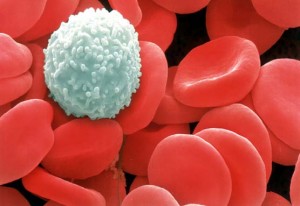At Texila Digipedia, we are very well aware of the ultimate goal and objective that a student and researcher have. It is to create a new knowledge. Therefore, we embrace the entire lifecycle of knowledge creation like collecting, exploring, sharing, publishing, and saving data for usage by the future scholars.
Now within this cycle, all these given activities are not quite time bound or fixed even though some of the activities do occur throughout the life cycle of the digital object. This is the main reason why we view all the basic phrases of research. Most of the time scholars and researchers use and produce data. These data which are collected will require different management strategies depending on the stage of the lifecycle.
In addition to that all our services and programs are designed keeping in mind to support the students and researchers regardless of whether they are experimenting with a new approach or refining their ideas or publishing the results of their work.
Registered User’s Login
Mission
Our mission has always been to contribute to the common good by researching, organizing, collecting, communicating and even sharing the various records of human knowledge. The primary aim of Texila Digipedia is to ensure that users get the required and latest information easily and in an efficient manner.
Our goals are the following
1.To build a reliable, informative and highly increasingly comprehensive digital library materials which are converted from pint and also co-owned and managed by various academic institutions and universities.
2.To greatly improve the access to the digital material in multiple ways. This can first and foremost meets the needs and requirements of the co-owning institutions.
3.To ensure that students or the users of the website have access to multiple data, articles in PDF, Word, Powerpoint, Video or Audio Format.
4.To preserve and cherish the important human records (digital contents) by creating and designing accessible and reliable electronic representations.
5.To create an interactive informative hub where student can login, get access and contribute various articles and data.
Source :http://www.texiladigipedia.com/






